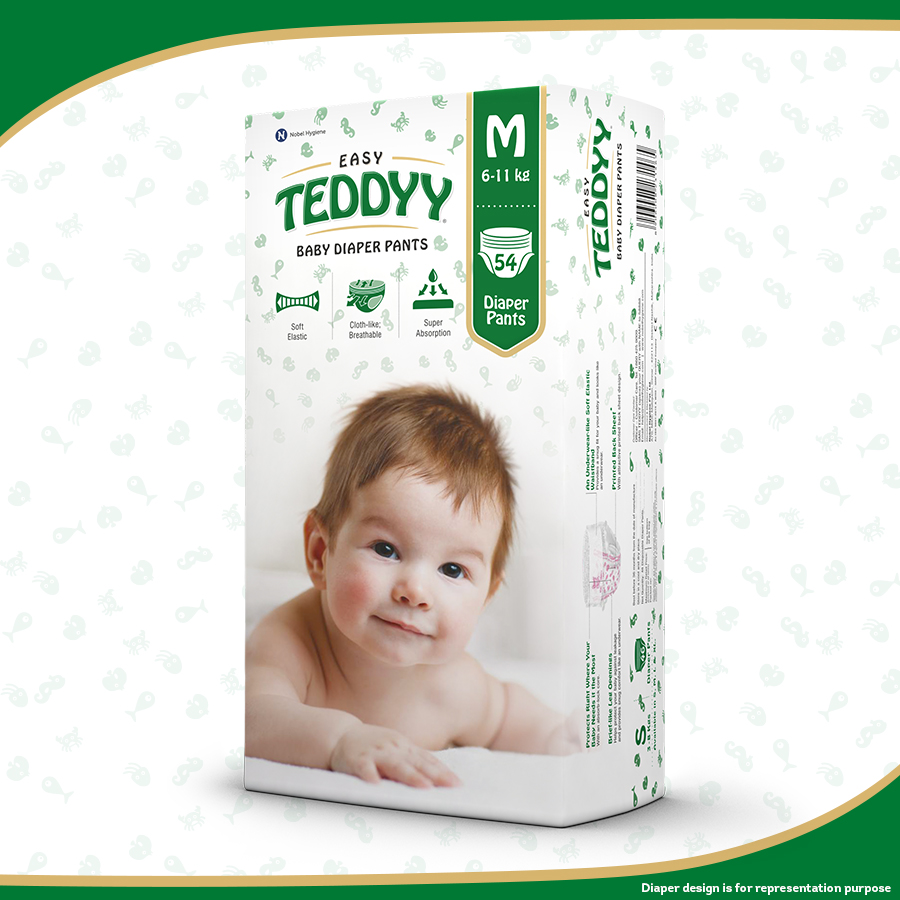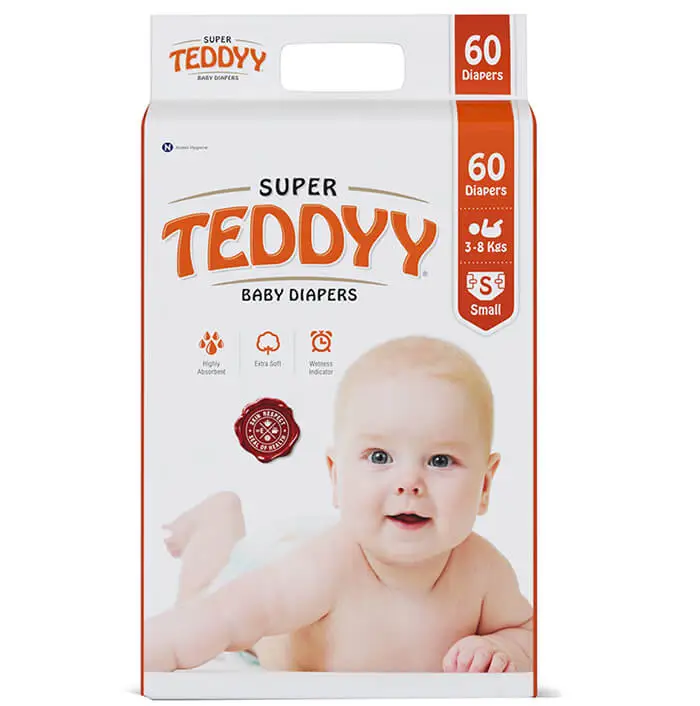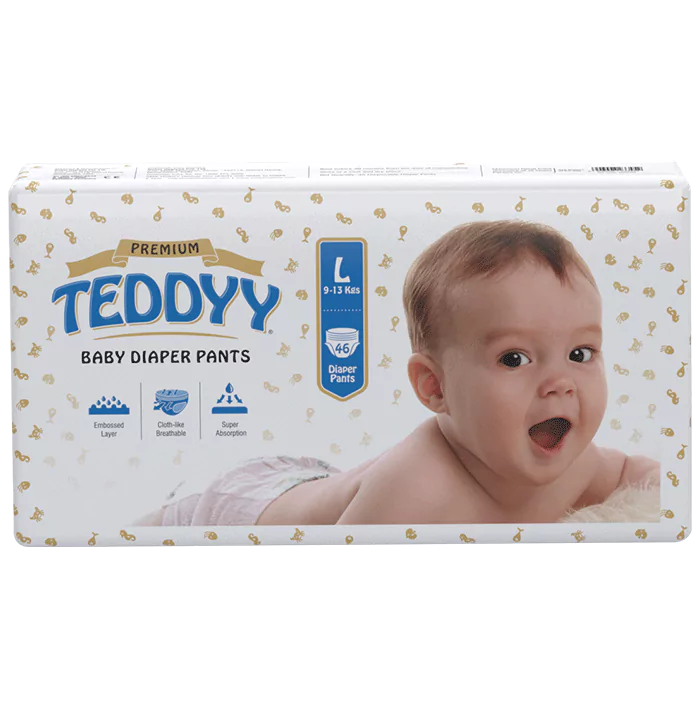Ultimate Guide to Being 3 Months Pregnant: Symptoms, Fetal Development, & Diet Chart
Nothing is as exciting as reaching the end of your first trimester at 3 months pregnant. Your body is gearing up faster than ever to accommodate your growing baby. This stage is marked by several changes that can leave you confused or overwhelmed.
If you are curious about what to expect from this pregnancy milestone, worry not! We’ve compiled all the information you need to prepare for this stage.
What Happens When You’re 3 Months Pregnant?
Pregnancy is a journey with lots of ups and downs – quite literally! This is because at 3 months pregnant, your hormone levels are shifting dramatically to nurture your growing baby.
One of the best parts of entering the 3rd month of pregnancy is getting that beautiful pregnancy glow. And no, the radiance is not just from the happiness of being a soon-to-be-mummy! Your skin’s health improves as hormones such as oestrogen and progesterone increase.
At the same time, you can also expect to sport a baby bump soon. Towards the end of the first 3 months of pregnant, your belly size starts changing. While not visible at first, you may experience this change in the form of bloating or some firmness around the abdomen region.
Lastly, this is the time when those weird pregnancy cravings hit their peak. So, if you find yourself reaching out for odd food combinations, do not fret! Pregnancy cravings come in all shapes and sizes. To find out more about them, you can read this blog post.
3 Months Pregnant Symptoms
At 3 months pregnant, here are some of the symptoms you can expect:
- Nausea and vomiting (morning sickness)
- Acidity and heartburn
- Dizziness and fatigue
- Breast tenderness, swelling, and itching
- Milky white vaginal discharge
Note that while these symptoms are completely natural, we would recommend monitoring vaginal discharge closely. While mild spotting during the first trimester is quite common, excessive blood can be a cause of concern.
If you want to find out what exactly constitutes healthy vaginal discharge during pregnancy, you can refer to this guide.
Our Products
Fetal Development at 3 Months Pregnant
Now that we’ve reviewed everything you experience during the 3rd month of pregnancy, let’s get to your baby.
In medical terms, your baby has finally entered the 3 months pregnant fetus stage. What this means is that the foundational blocks of your baby’s body are ready. From this point onwards, it is an upward journey of growth and development until your little one is ready to meet you!
When visiting the doctor at 3 months pregnant for your ultrasound, here are some exciting milestones you can expect:
- Size & Weight
At this stage, your baby’s size is measured from their head to buttocks (Crown-Rump Length or CRL). For a 3 months fetus, this should be 7.6-10 cm, with a weight of about 2.8 grams.
- Heartbeat
Finishing up with the first trimester is marked by the development of various organ systems, including the heart. This means that you can finally hear your little one’s heartbeat during your doctor’s visit!
- Facial Features
By the end of your first trimester, your bundle of joy is finally developing facial features. While it takes time for these to show up prominently on ultrasounds, your doctor might be able to point out some faint signs of their cute lips and button nose.
3 Months Pregnant Diet Chart
With everything covered, you might be wondering about how to manage your diet to support your baby’s growth. Lucky for you, here’s a quick and easy diet chart you can follow:
| Nutritional Need | Why You Need Them | Best Food Sources |
| Carbohydrates | These fuel your body with energy so that it can nurture your baby well. | Whole grains, lentils, bread, rice, pasta, etc. |
| Proteins | These are the building blocks that help your baby grow. | Lentils, beans, nuts, lean meats, dairy (milk, cheese, ghee), etc. |
| Fats | Fats such as Omega-3 fatty acids help in the development of your baby’s eyes and brain. | Fish, eggs, soybeans, walnuts, etc. |
| Fibre | These help in easing any pregnancy-related impacts on your digestion. | Fruits (such as guava, apples, etc.)
Vegetables (such as broccoli, brussels sprouts, carrots, etc.) |
| Vitamins & Minerals | Vitamins such as B6 and B9 (folate) are crucial in supporting your baby’s development. | Citrus fruits (orange, sweet limes, etc.), lean meats, green leafy vegetables |
Conclusion
Completing the 3 months pregnant is an incredible milestone that deserves congratulations! By this point, you have already battled several changes taking place in your body. Get plenty of rest, eat well, and all the best for the remaining part of your journey!


We know you might be extremely excited to feel your baby’s little kicks. However, while your little one does not start moving at the 3 months mark, you might not be able to feel them yet.
At 3 months pregnant, symptoms such as morning sickness, heartburn, breast tenderness, and fatigue would have reached their peak already. This means that you can expect to feel an improvement very soon.
At this stage of pregnancy, your baby is experiencing several rapid developments, such as developing organ systems, reflexes, and facial features.
At 3 months pregnant, your ultrasound will start showing vague facial features of your baby. You can also expect to see their little toes and fingers at this point.





